 Technology peripherals
Technology peripherals AI
AI AI software can automatically identify ancient cuneiform tablets, and researchers have made a breakthrough
AI software can automatically identify ancient cuneiform tablets, and researchers have made a breakthroughNews on November 24: A team from Martin Luther University Halle-Wittenberg (MLU), Johannes Gutenberg University Mainz and Mainz University of Applied Sciences developed a New artificial intelligence software can now decipher illegible cuneiform script. Unlike previous methods that relied on photos, this AI system utilizes 3D models of cuneiform tablets, delivering results that are more reliable than previous methods. This enables searches by comparing content across multiple slices, paving the way for entirely new research questions.
In the new study, the researchers used 3D models of nearly 2,000 cuneiform tablets, including about 50 from the MLU collection. It is estimated that there are about a million such tablets around the world, many of which are more than 5,000 years old and are among the oldest written texts in mankind. The films cover a wide range of topics, from shopping lists to court decisions, and shed light on humanity's past thousands of years ago. However, because these cuneiform tablets were unfired blocks of clay with words imprinted on them, they became extremely difficult to decipher, even to the trained eye

The content that needs to be rewritten is: Picture source note: This picture is generated by artificial intelligence and provided by the authorized service provider Midjourney
To solve this problem, Assistant Professor Hubert Mara of MLU proposed the idea of developing an artificial intelligence system based on 3D models. The new system decrypted text better than previous methods. In principle, this AI system works similarly to optical character recognition (OCR) software, which converts words and images of text into machine-readable text. This has many advantages, once converted to computer text, the text can be more easily read or searched
Ernst Stötzner, member of the MLU, explains: "OCR is usually used for processing photographs or scans. With ink on paper or parchment, this is not a problem. However, with cuneiform tablets, the situation becomes It's even more complicated because light and viewing angle can greatly affect the recognition of certain characters." He developed this new AI system as part of his master's thesis. The team trained the new AI software using 3D scans and other data, much of it provided by Mainz University of Applied Sciences, which is responsible for the large-scale project of 3D models
The AI system then successfully identified the symbols on the chip. The researchers were surprised to find that the system worked well even on essentially poor image material, such as photographs. The work of the researchers at Haller and Mainz provides new access to hitherto relatively exclusive material and opens many new research directions. Currently it is only a prototype capable of reliably identifying symbols in both languages, however a total of twelve cuneiform languages are known to exist. In the future, the software may also help decipher damaged inscriptions, such as three-dimensional cuneiform in cemeteries.
The content that needs to be rewritten is: [Quote: Webmaster’s Home]
The above is the detailed content of AI software can automatically identify ancient cuneiform tablets, and researchers have made a breakthrough. For more information, please follow other related articles on the PHP Chinese website!
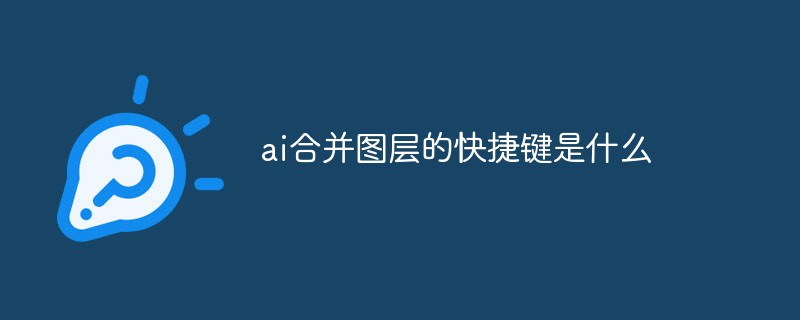 ai合并图层的快捷键是什么Jan 07, 2021 am 10:59 AM
ai合并图层的快捷键是什么Jan 07, 2021 am 10:59 AMai合并图层的快捷键是“Ctrl+Shift+E”,它的作用是把目前所有处在显示状态的图层合并,在隐藏状态的图层则不作变动。也可以选中要合并的图层,在菜单栏中依次点击“窗口”-“路径查找器”,点击“合并”按钮。
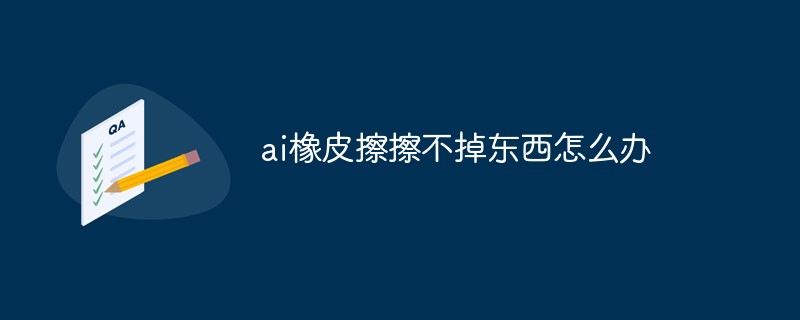 ai橡皮擦擦不掉东西怎么办Jan 13, 2021 am 10:23 AM
ai橡皮擦擦不掉东西怎么办Jan 13, 2021 am 10:23 AMai橡皮擦擦不掉东西是因为AI是矢量图软件,用橡皮擦不能擦位图的,其解决办法就是用蒙板工具以及钢笔勾好路径再建立蒙板即可实现擦掉东西。
 谷歌超强AI超算碾压英伟达A100!TPU v4性能提升10倍,细节首次公开Apr 07, 2023 pm 02:54 PM
谷歌超强AI超算碾压英伟达A100!TPU v4性能提升10倍,细节首次公开Apr 07, 2023 pm 02:54 PM虽然谷歌早在2020年,就在自家的数据中心上部署了当时最强的AI芯片——TPU v4。但直到今年的4月4日,谷歌才首次公布了这台AI超算的技术细节。论文地址:https://arxiv.org/abs/2304.01433相比于TPU v3,TPU v4的性能要高出2.1倍,而在整合4096个芯片之后,超算的性能更是提升了10倍。另外,谷歌还声称,自家芯片要比英伟达A100更快、更节能。与A100对打,速度快1.7倍论文中,谷歌表示,对于规模相当的系统,TPU v4可以提供比英伟达A100强1.
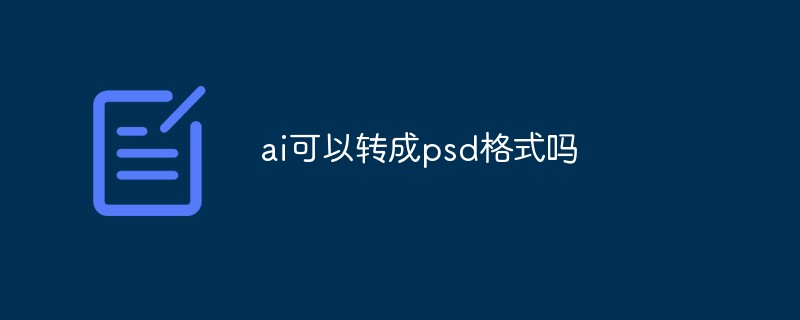 ai可以转成psd格式吗Feb 22, 2023 pm 05:56 PM
ai可以转成psd格式吗Feb 22, 2023 pm 05:56 PMai可以转成psd格式。转换方法:1、打开Adobe Illustrator软件,依次点击顶部菜单栏的“文件”-“打开”,选择所需的ai文件;2、点击右侧功能面板中的“图层”,点击三杠图标,在弹出的选项中选择“释放到图层(顺序)”;3、依次点击顶部菜单栏的“文件”-“导出”-“导出为”;4、在弹出的“导出”对话框中,将“保存类型”设置为“PSD格式”,点击“导出”即可;
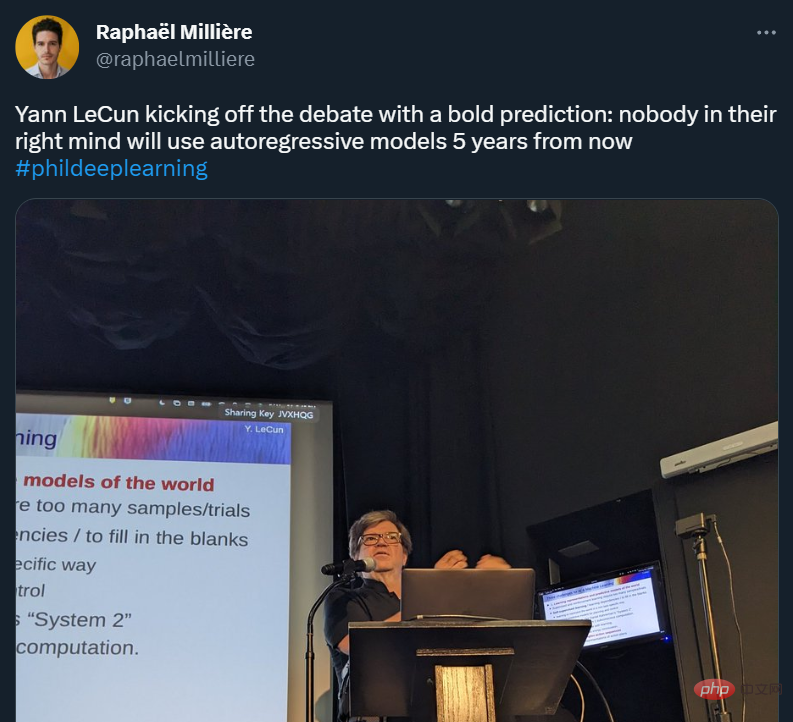 GPT-4的研究路径没有前途?Yann LeCun给自回归判了死刑Apr 04, 2023 am 11:55 AM
GPT-4的研究路径没有前途?Yann LeCun给自回归判了死刑Apr 04, 2023 am 11:55 AMYann LeCun 这个观点的确有些大胆。 「从现在起 5 年内,没有哪个头脑正常的人会使用自回归模型。」最近,图灵奖得主 Yann LeCun 给一场辩论做了个特别的开场。而他口中的自回归,正是当前爆红的 GPT 家族模型所依赖的学习范式。当然,被 Yann LeCun 指出问题的不只是自回归模型。在他看来,当前整个的机器学习领域都面临巨大挑战。这场辩论的主题为「Do large language models need sensory grounding for meaning and u
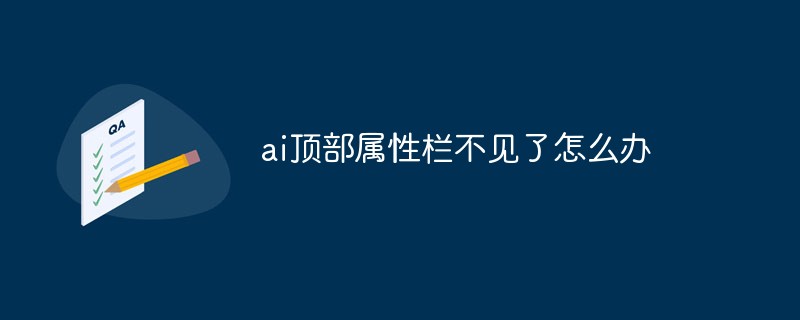 ai顶部属性栏不见了怎么办Feb 22, 2023 pm 05:27 PM
ai顶部属性栏不见了怎么办Feb 22, 2023 pm 05:27 PMai顶部属性栏不见了的解决办法:1、开启Ai新建画布,进入绘图页面;2、在Ai顶部菜单栏中点击“窗口”;3、在系统弹出的窗口菜单页面中点击“控制”,然后开启“控制”窗口即可显示出属性栏。
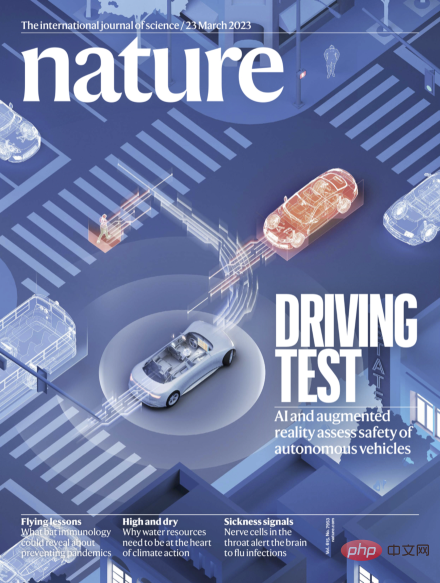 强化学习再登Nature封面,自动驾驶安全验证新范式大幅减少测试里程Mar 31, 2023 pm 10:38 PM
强化学习再登Nature封面,自动驾驶安全验证新范式大幅减少测试里程Mar 31, 2023 pm 10:38 PM引入密集强化学习,用 AI 验证 AI。 自动驾驶汽车 (AV) 技术的快速发展,使得我们正处于交通革命的风口浪尖,其规模是自一个世纪前汽车问世以来从未见过的。自动驾驶技术具有显着提高交通安全性、机动性和可持续性的潜力,因此引起了工业界、政府机构、专业组织和学术机构的共同关注。过去 20 年里,自动驾驶汽车的发展取得了长足的进步,尤其是随着深度学习的出现更是如此。到 2015 年,开始有公司宣布他们将在 2020 之前量产 AV。不过到目前为止,并且没有 level 4 级别的 AV 可以在市场
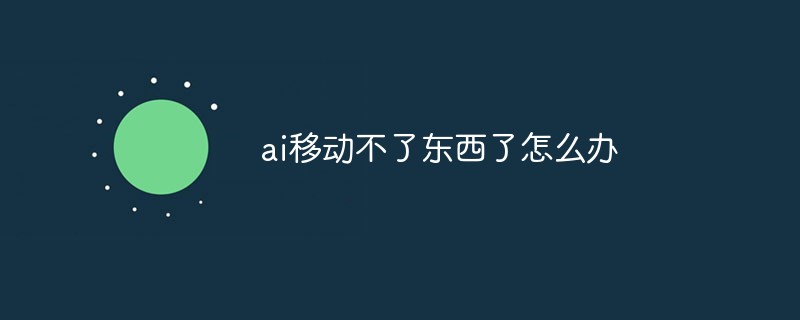 ai移动不了东西了怎么办Mar 07, 2023 am 10:03 AM
ai移动不了东西了怎么办Mar 07, 2023 am 10:03 AMai移动不了东西的解决办法:1、打开ai软件,打开空白文档;2、选择矩形工具,在文档中绘制矩形;3、点击选择工具,移动文档中的矩形;4、点击图层按钮,弹出图层面板对话框,解锁图层;5、点击选择工具,移动矩形即可。


Hot AI Tools

Undresser.AI Undress
AI-powered app for creating realistic nude photos

AI Clothes Remover
Online AI tool for removing clothes from photos.

Undress AI Tool
Undress images for free

Clothoff.io
AI clothes remover

AI Hentai Generator
Generate AI Hentai for free.

Hot Article

Hot Tools

SublimeText3 Mac version
God-level code editing software (SublimeText3)

MantisBT
Mantis is an easy-to-deploy web-based defect tracking tool designed to aid in product defect tracking. It requires PHP, MySQL and a web server. Check out our demo and hosting services.

MinGW - Minimalist GNU for Windows
This project is in the process of being migrated to osdn.net/projects/mingw, you can continue to follow us there. MinGW: A native Windows port of the GNU Compiler Collection (GCC), freely distributable import libraries and header files for building native Windows applications; includes extensions to the MSVC runtime to support C99 functionality. All MinGW software can run on 64-bit Windows platforms.

WebStorm Mac version
Useful JavaScript development tools

Safe Exam Browser
Safe Exam Browser is a secure browser environment for taking online exams securely. This software turns any computer into a secure workstation. It controls access to any utility and prevents students from using unauthorized resources.





